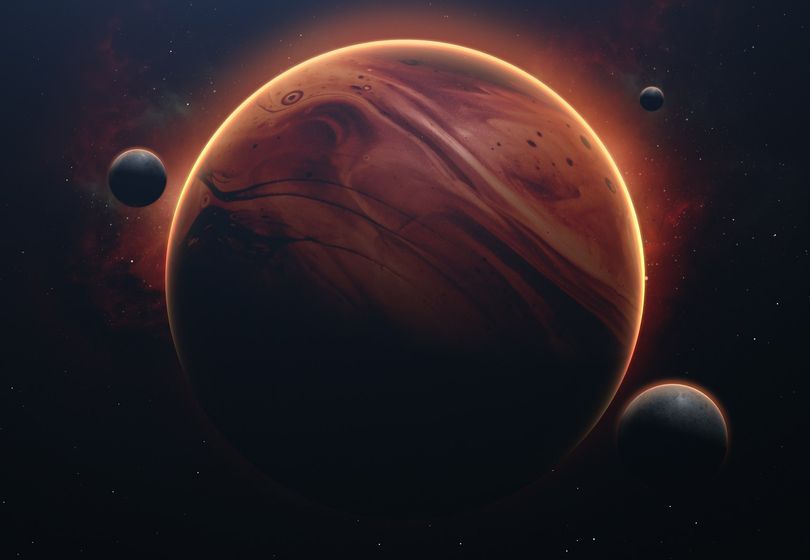
As humans, we often look up at the night sky and marvel at the beauty of the stars and planets that twinkle above us. These celestial bodies seem to follow a rhythm of their own, moving in intricate patterns and cycling through various stages. The universe is a vast and mysterious place, filled with cosmic rhythms that govern the behavior of planets and stars.
One of the most fascinating aspects of planetary behavior is the concept of celestial rest. While it may seem like planets are constantly in motion, they actually experience periods of relative stillness and quiet. This "rest" period is essential for the overall dynamics of the universe, allowing for a sense of cosmic harmony to be maintained.
Planets follow specific orbital changes and patterns known as planetary cycles. These cycles dictate the movement and positioning of planets in relation to one another and the sun. By observing these astronomical patterns, scientists can gain insights into the underlying forces that govern the universe.
Just like how humans require rest to rejuvenate and recharge, planets also undergo periods of rest during their journey through space. This celestial rest is a crucial part of the larger cosmic rhythms that shape our universe. During these periods, planets may appear to be "sleeping," as they temporarily pause their usual movements and behaviors.
Through the study of planetary cycles and celestial rest, we can uncover the intricacies of the universe dynamics. These space mysteries have fascinated astronomers and scientists for centuries, driving them to explore the depths of the cosmos in search of answers.
Understanding the orbital changes and cosmic rhythms of planets allows us to appreciate the beauty and complexity of the universe. By observing the behavior of celestial bodies, we can gain a deeper insight into the vastness of space and the interconnectedness of all things.
Next time you gaze up at the night sky, take a moment to ponder the celestial rest of the planets and the cosmic harmony that governs their movements. The universe is a wondrous place, filled with wonder and awe-inspiring phenomena that continue to captivate our imaginations.
